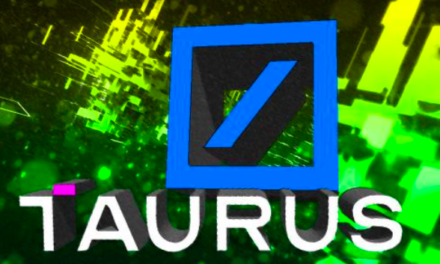Citing a need to focus on making blockchain technology more relevant to the public, Polkadot’s co-founder Gavin Wood resigned from his position as CEO of Parity Technologies and stepped into the role of Chief Architect for the Polkadot ecosystem. Björn Wagner, who helped Wood establish Polkadot, has been named his successor at Parity.
Wood will, nevertheless, remain Parity Technology’s majority shareholder.
Not His Thing, Really
The blockchain pioneer gave his reasons for stepping down in Parity’s most recent blog post, stating that he wanted to spend more time on projects that would draw blockchain technology further into the mainstream. Wood remarked that, in doing so, he could do more of the things he wanted to do yet still deliver the most value to his company’s long-term vision. He said his skillset is more appropriate for hands-on work such as coding and design.
The immediate former CEO added that the top post was never one he aspired to, nor was it a position he felt he would be happy being in for a long time. Even when he helped bring another cryptocurrency entity, Ethereum, to life, Wood felt that he did not have the ability to be constantly available as a good CEO should, particularly when it comes to representing the company at both internal and external affairs.
In fact, he remarked that Wagner, his successor, should be able to cope with much of his time spent on meetings and stakeholder events rather than focusing on initiatives meant to improve the blockchain.
Polkadot’s ecosystem is unique because it uses parachains, a network of blockchains running parallel to each other, with a central relay chain that manages the system’s overall governance. Wood designed the system as a smarter, more efficient approach to blockchain technology, particularly where scaling, interoperability, and tokenomics are concerned. For this reason, Polkadot has always been one of the top ten layer-one blockchains.
What’s He Planning to Do Now?
In his new position as Chief Architect, Wood is set to explore the possibility of making Polkadot and Web3 technology more relevant to the greater swathe of the population, which remains uneducated regarding the importance of the blockchain in modern living.
He aims to begin this by rethinking the overall community design and by building several chain-integrated social primitives that will serve as the foundation of what he refers to as a true Web3 platform.















